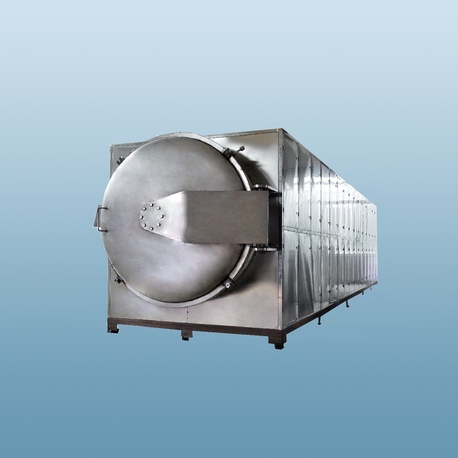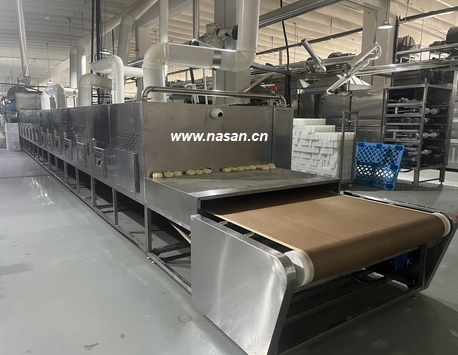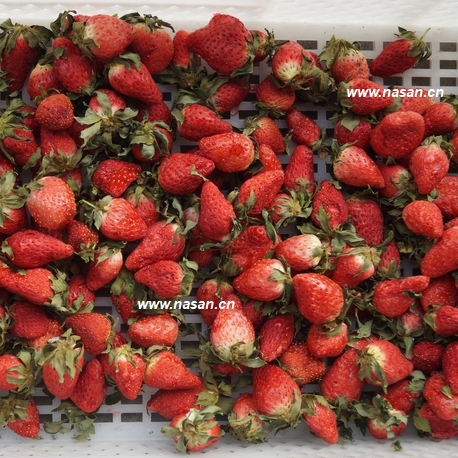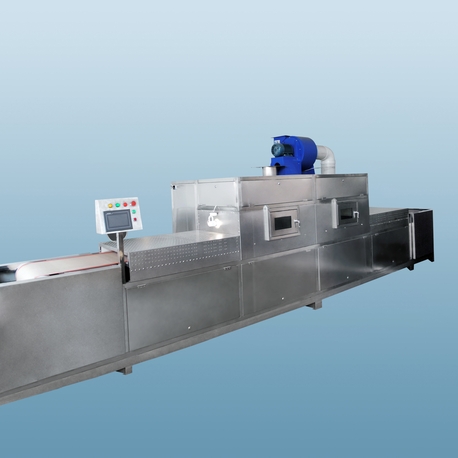The global market for freeze drying equipment is expanding rapidly, driven by demand in pharmaceuticals, food processing, and biotechnology. For any business considering this technology, understanding the cost factors is the first critical step. The price of freeze drying equipment isn't a single number; it's a spectrum influenced by a complex interplay of scale, technology, and intended application. Whether you are a startup in the functional food space or a established pharmaceutical manufacturer, making an informed investment requires peeling back the layers of what goes into the final price tag. This article breaks down the seven key elements that determine how much you will pay for your industrial freeze drying machinery.

Understanding the Core Technology: What is Freeze Drying?
Before diving into costs, it's essential to grasp what the equipment does. Freeze drying, or lyophilization, is a dehydration process that works by freezing a product, lowering pressure, and then applying heat to allow the frozen water to sublimate directly from solid to gas. This preserves the product's physical structure and biological activity far better than conventional heat-based drying. The freeze drying equipment that facilitates this is sophisticated, comprising a chamber, condenser, shelves with temperature control, and a vacuum system. The complexity of this system is the primary driver of its cost.
Factor 1: Production Scale and Chamber Size
The most apparent cost driver is the size of the unit, directly tied to your production needs. Freeze drying equipment is broadly categorized by its chamber shelf area.
Pilot/Lab-Scale Units: These are designed for R&D, formulation development, and small-batch production. With shelf areas typically under 1 square meter, they represent the most accessible entry point in terms of freeze drying equipment price.
Industrial-Scale Units: This is where costs escalate significantly. Machines with shelf areas of 5, 10, 50 square meters or more are engineered for continuous, high-volume production. The larger the chamber, the more robust the structural components, refrigeration, and vacuum systems need to be, leading to a higher price.
Factor 2: Technical Specifications and Performance
Two machines of the same physical size can have vastly different prices based on their performance capabilities.
Shelf Temperature Range: The minimum and maximum temperatures the shelves can achieve. Ultra-low temperatures (e.g., -80°C) for sensitive biologicals require more powerful and expensive refrigeration systems.
Condenser Capacity and Temperature: The condenser is what captures the water vapor. A larger capacity and lower minimum temperature allow for faster processing and handling of larger water loads, increasing the equipment's cost.
Vacuum Pump Performance: The speed and ultimate vacuum level achievable impact drying cycle times. High-performance pumps add to the overall freeze drying equipment price.
Factor 3: Automation and Control Systems
The level of automation is a major differentiator. Basic units may have manual valves and simple temperature controllers. Modern industrial systems, like those from NASAN, feature fully automated, PLC-controlled operations.
Basic Controls: Lower upfront cost, but higher labor costs and potential for human error.
Advanced PLC/HMI Systems: Higher initial investment, but they provide recipe management, data logging for compliance (crucial in pharma), remote monitoring, and optimized cycles that save time and energy. This automation is a significant part of the value proposition for brands like NASAN.

Factor 4: Construction Materials and Hygiene Standards
The materials used in constructing the chamber, shelves, and piping are critical for product compatibility and longevity, directly affecting the freeze drying equipment price.
Stainless Steel (304): A standard for many food and non-corrosive applications.
Stainless Steel (316L): Required for pharmaceutical applications, corrosive materials, or marine environments. It is more expensive but offers superior corrosion resistance.
CIP/SIP Systems: Clean-in-Place and Sterilize-in-Place functionalities are mandatory in GMP (Good Manufacturing Practice) facilities. Integrating these automated cleaning and sterilization systems adds considerable engineering and cost to the freeze drying equipment.
Factor 5: Configuration: Batch vs. Continuous
The choice between batch and continuous processing has profound cost implications.
Batch Freeze Dryers: The most common type. A single load is processed from start to finish. This is a versatile but sometimes less efficient method. The freeze drying equipment price for batch units is generally lower than continuous systems for equivalent capacity.
Continuous Freeze Dryers: Designed for ultra-high-volume production of a single or similar product type (e.g., instant coffee). They offer superior efficiency and lower per-unit costs but come with a much higher capital investment and are less flexible.
Factor 6: Customization and Ancillary Equipment
Off-the-shelf solutions are cheaper, but most industrial applications require some level of customization. This could include custom shelf layouts, specialized loading systems, integration with existing production lines, or unique safety features. Furthermore, ancillary equipment like cooling water circulators, specialized product trays, and validation services (IQ/OQ/PQ) are often necessary and add to the total cost of ownership beyond the base freeze drying equipment price.
Factor 7: Manufacturer, Service, and Lifespan
Finally, the brand and the support it offers influence price. Established manufacturers like NASAN command a premium based on their engineering expertise, proven reliability, and global service networks. Investing in a machine from a reputable supplier often means better after-sales support, readily available spare parts, and a longer operational lifespan, reducing the total cost of ownership over time. A cheaper, unknown brand might save money upfront but lead to higher downtime and maintenance costs later.
Conclusion: A Strategic Investment
The price of freeze drying equipment is a reflection of its capability, durability, and compliance. It's not merely a purchase but a long-term strategic investment in your product quality and production capacity. By carefully evaluating these seven factors against your specific technical requirements, production goals, and budget, you can select the right freeze drying equipment that delivers true value and drives your business forward. Partnering with an experienced provider like NASAN can ensure you get a system that is not only cost-effective but also reliable and built to the highest industrial standards.
Frequently Asked Questions (FAQs)
Q1: What is the typical price range for an industrial-scale freeze drying machine?
A1: The price range is extremely broad. Small pilot-scale freeze drying equipment can start from $50,000, while full-scale industrial systems for pharmaceutical or food production can range from $200,000 to well over $1 million. The final cost is entirely dependent on the seven factors outlined above, particularly size, automation, and materials of construction.
Q2: How does the cost of a NASAN freeze dryer compare to other brands?
A2: NASAN positions itself in the mid-to-high tier of the market, reflecting its focus on robust construction, advanced automation, and reliable performance for commercial and industrial clients. While the initial freeze drying equipment price from NASAN may be higher than some budget manufacturers, it is often justified by lower lifetime costs due to greater energy efficiency, reduced downtime, and superior durability.
Q3: Besides the initial purchase, what are the ongoing operational costs?
A3: Operational costs for freeze drying equipment are significant and include electrical power for refrigeration and vacuum systems, cooling water, preventive maintenance, spare parts (like vacuum pump oil and seals), and potentially labor. Choosing an energy-efficient model with low maintenance requirements is crucial for managing these long-term expenses.
Q4: Can I get a used freeze dryer to save on cost?
A4: Yes, the used market for freeze drying equipment exists and can offer substantial savings. However, it carries risks such as unknown service history, potential contamination, obsolete control systems, and a lack of manufacturer support or documentation. A thorough inspection and validation are essential before purchasing used equipment, especially for regulated industries.
Q5: What key questions should I ask a supplier before purchasing?
A5: You should ask about the total cost of ownership, not just the purchase price. Key questions include: What are the specific energy consumption figures? What is the warranty and service support availability? Can you provide references from clients in my industry? Does the equipment comply with relevant international standards (e.g., cGMP, CE)? Can you assist with installation and operational qualification (IQ/OQ)?











